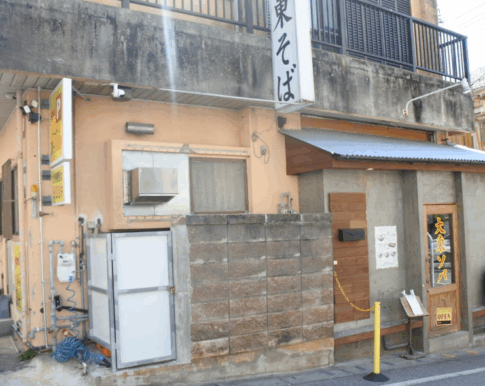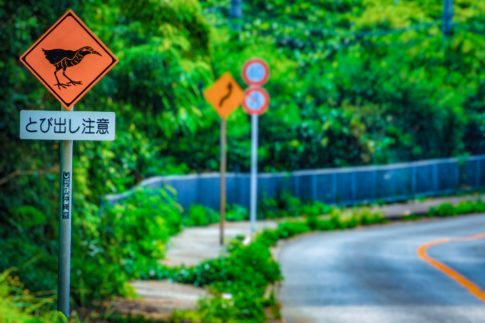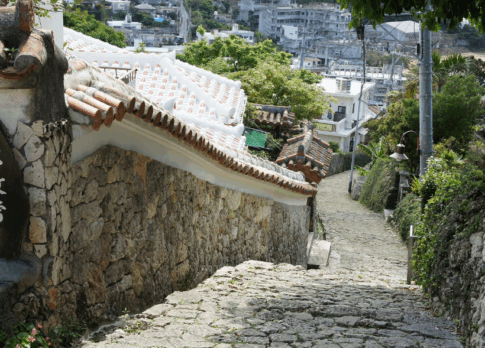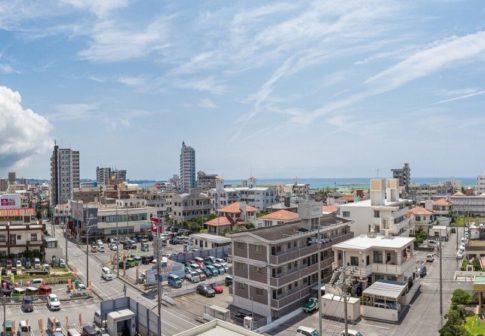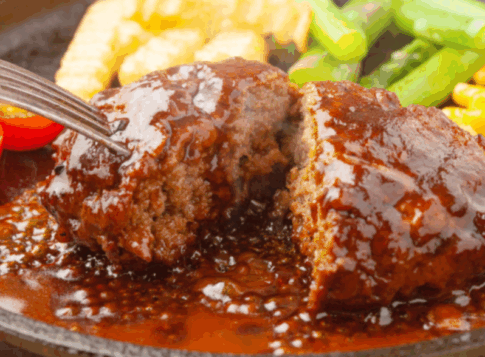It takes about 1 hour and 45 minutes by car from Naha Airport. The facility is located in the northern part of Okinawa’s main island, in a free area behind Churaumi Aquarium, which can be easily described as “Churaumi Aquarium. It is called Ocean Expo Park, but in short, it is an aquarium that can be seen for free. Why is it free?
Point 1: What is the history of “Ocean Expo Park Manatee Pavilion”?
Most visitors to Okinawa visit the Churaumi Aquarium, but did you know that this aquarium is actually located in a park called Ocean Expo Park?
In 1975, the Ocean Expo was held in Okinawa, and the aquarium, the predecessor of Churaumi Aquarium, opened. The following year, in 1976, “Ocean Expo Park” was opened on the site to commemorate the Ocean Expo.
The Ocean Expo Park Manatee Pavilion opened in 1994, along with the Sea Turtle Pavilion, while various other facilities were opened within the Ocean Expo Park, which stretches approximately 4 km from north to south.
The Churaumi Aquarium was newly opened in 2002, and until then it had been operating as an aquarium within the Ocean Expo Park, but whale sharks and other animals had been enrolled there for many years.
And although “Churaumi Aquarium” requires a rather hefty admission fee, it seems that not many people know that there are several free areas on the grounds, including the “Manatee Pavilion,” where you can see the aquarium for free.
In fact, the Ocean Expo Park is so large that there are signs that guide visitors to the various facilities, and you can tell which areas are free if they are marked in white and which are charged if they are colored.
The reason why you can see the park for free is that the Ocean Expo Park is a state-run facility, and the admission fee to the park itself is free. Since it is a public facility, it is nice to be able to see it for free.
Point 2: What can I see at “Ocean Expo Park Manatee Pavilion”?
What can we see at the Ocean Expo Park Manatee Pavilion?
Here, visitors can see the ecology of manatees, an endangered species that is rarely bred in Japan, from many angles, both above water and in the underground observation room.
The male manatee was donated by the Mexican government, and in 1990, the world’s first artificial hatching of a manatee succeeded, and the female “Yuma” was born in 2001 at the Manatee Pavilion.
Although she is now a little older, it was very funny to see the father and daughter cuddling together.
In addition, although there is a charge of 10,000 yen per group of up to five people of elementary school age or older, limited to one group per day, the museum offers a hands-on learning program that includes an explanation of marine mammals by a keeper, a backyard experience, a feeding experience, and observation of baby manatees and other animals, making it a full-on manatee experience.
It costs a little more, but this is a program that can only be experienced here, so why not try this rare experience?
Point 3: What are the other free areas of “Ocean Expo Park Manatee Pavilion”?
In addition to the “Ocean Expo Park Manatee Pavilion,” there are other free areas in Ocean Expo Park.
These are “Oki-chan Theater” and “Umigame-kan” located near the Manatee Pavilion. In addition, the Iluka Lagoon, Coastal Walkway, Okinawa Folk Village, and Omoro Botanical Garden are also free of charge.
In addition, the always crowded concession stands are also in the free area.
Nowadays, the main attraction of Churaumi Aquarium is considered to be “whale sharks,” but until the Churaumi Aquarium was built and whale sharks became famous, the hero of the aquarium was a dolphin named Oki-chan.
He is still active and performs in shows, and is a shadowy veteran who holds the record for the longest rearing of a dolphin in Japan at 48 years.
As you can see, there are many free places to enjoy within the grounds of “Ocean Expo Park,” where Churaumi Aquarium is located, so why not take the time to enjoy them?


